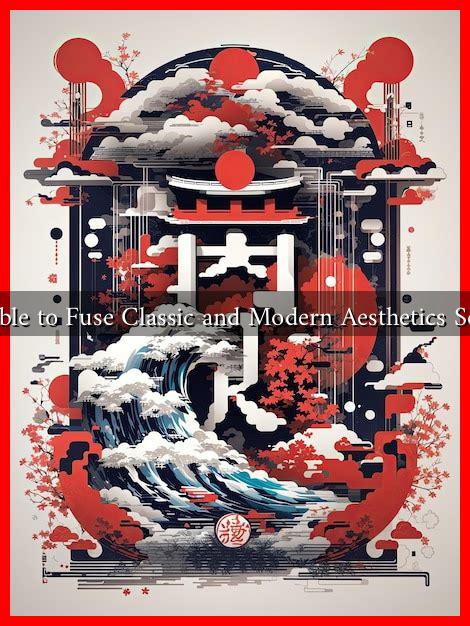-
Table of Contents
Is It Possible to Fuse Classic and Modern Aesthetics Seamlessly?
The world of design is a dynamic landscape where trends evolve, yet the allure of classic aesthetics remains timeless. The question arises: can we seamlessly fuse classic and modern aesthetics? This article explores the possibilities, challenges, and successful examples of this intriguing blend, providing insights into how designers and architects navigate this complex interplay.
The Essence of Classic and Modern Aesthetics
To understand the fusion of classic and modern aesthetics, we must first define what each term encompasses.
- Classic Aesthetics: Often characterized by symmetry, ornate details, and historical references, classic design draws inspiration from various art movements, such as Baroque, Renaissance, and Neoclassicism. It emphasizes craftsmanship and timeless beauty.
- Modern Aesthetics: In contrast, modern design is marked by minimalism, clean lines, and a focus on functionality. It often embraces new materials and technologies, prioritizing simplicity and innovation over ornamentation.
The Challenges of Fusion
While the idea of merging classic and modern aesthetics is appealing, it comes with its own set of challenges:
- Contrasting Principles: Classic design often celebrates complexity and detail, while modern design favors simplicity. Balancing these opposing principles can be difficult.
- Contextual Relevance: The historical context of classic design may clash with the contemporary environment of modern aesthetics, leading to a disjointed appearance.
- Audience Perception: Different audiences may have varying preferences for classic or modern styles, making it essential to understand the target demographic.
Successful Examples of Fusion
Despite the challenges, many designers have successfully blended classic and modern aesthetics. Here are a few notable examples:
- The High Line, New York City: This elevated park integrates classic industrial architecture with modern landscaping and art installations, creating a unique urban space that honors its historical roots while embracing contemporary design.
- Apple Park, Cupertino: The headquarters of Apple combines modern architectural principles with natural elements and classic design influences, creating a harmonious environment that reflects the company’s ethos of innovation and simplicity.
- Restoration Hardware’s Gallery: This retail space showcases a blend of classic furniture styles with modern design elements, creating an inviting atmosphere that appeals to a wide range of customers.
Case Studies: The Art of Blending
Several case studies illustrate how designers can achieve a seamless fusion of classic and modern aesthetics:
- Hotel de Russie, Rome: This luxury hotel combines classic Italian architecture with modern amenities and design elements. The result is a space that feels both timeless and contemporary, appealing to a diverse clientele.
- Casa de la Luz, Mexico: This residential project features traditional Mexican architecture infused with modern design principles. The use of natural materials and open spaces creates a dialogue between the past and present.
Statistics and Trends
According to a survey by the American Institute of Architects, 62% of architects reported an increasing demand for designs that blend traditional and contemporary styles. This trend reflects a growing appreciation for the richness of history while embracing modern functionality.
Conclusion: The Future of Design
In conclusion, the fusion of classic and modern aesthetics is not only possible but also increasingly desirable in today’s design landscape. By understanding the principles of both styles and navigating the challenges of their integration, designers can create spaces that resonate with a wide audience. Successful examples and case studies demonstrate that this blend can result in innovative, functional, and aesthetically pleasing environments.
As we move forward, the key takeaway is that the dialogue between classic and modern aesthetics will continue to evolve, offering endless possibilities for creativity and expression in design. For more insights on design trends, visit Architectural Digest.


